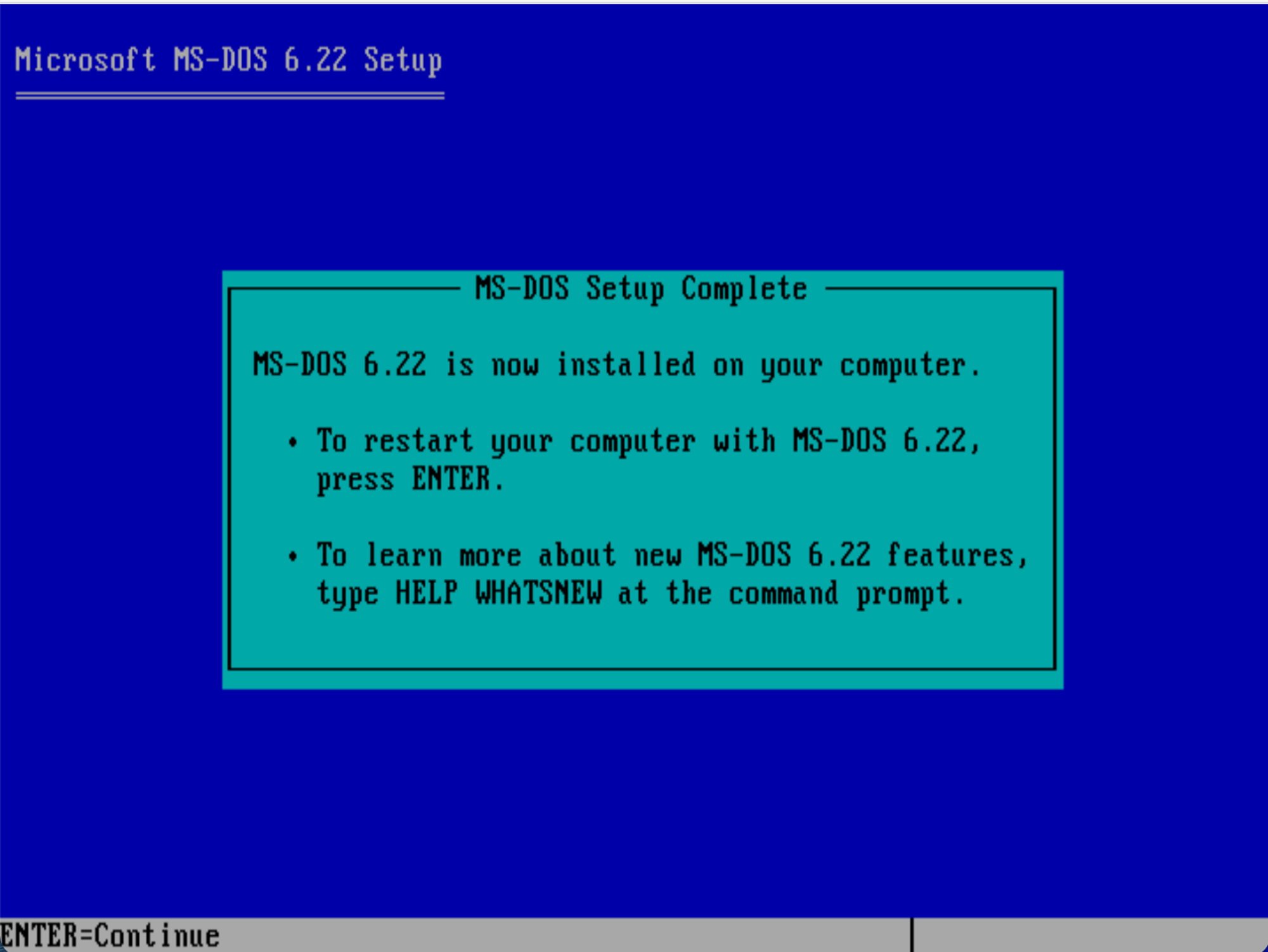The Windows 95 setup was text-based for a good reason, Microsoft employee reveals
In a nutshell: When trying to install Windows 95 for the first time, PC users were presented with a dull text interface and no graphics. DOS could indeed "do graphics," but the Windows team decided to follow a smarter approach by recycling previously available code. Raymond Chen, a Microsoft employee who took part in the Windows evolution for more than 30 years, is back with a new post on his well-known "Old New Thing" blog. The software programmer recently returned to discussing the Windows 95 setup experience, a very convoluted engineering effort that used three different OS environments to accommodate the many use cases on customers' PCs.Microsoft engineers could, in theory, develop a graphic setup application, Chen said, because MS-DOS could manage graphics quite well. However, the DOS approach to graphics was very primitive and time-consuming. The prompt-based operating system didn't actively prevent anyone from bringing images to the screen, but programmers had to manually implement all graphical functions.MS-DOS provided no graphics primitives aside from a BIOS call to plot a single pixel, Chen explained. The BIOS-based approach wasn't ideal anyway, because accessing the frame buffer (video card memory) directly was the only way to get a minimum performance increase in graphics operations. All things considered, the Windows 95 setup team was in theory forced to write its own graphics library from scratch.And that was just for starters. Windows 95's minimum requirements included a VGA video card, so the team had no need to consider previous video generations such as CGA or EGA. The setup program had to show some dialog boxes, so the programmers had to write a new window manager with keyboard support for "tabbing" between different windows and hotkeys as quick shortcuts.The setup application had to provide support for ideogram-based alphabets such as Japanese and Chinese as well, while also managing simple animations. All this additional work had to go into the "basic" infrastructure needed to bootstrap the Windows 95 environment, Chen said, with full support for extended/expanded memory through its own protected mode manager. // Related StoriesThe developers had to essentially write a new operating system just to start Windows 95 setup, which was a waste of time because Microsoft was already selling the perfect product for the job. The Windows 3.1 runtime used in the final version of Windows 95 setup included everything required to "do graphics" under MS-DOS, Chen explained, and it was fully debugged with its own video drivers, a graphics library, a dialog manager, and more.Microsoft still follows the same code-recycling approach to this day; modern Windows editions still need to install a "miniature" operating system to bootstrap the setup process. That minimal OS environment is now the Windows Preinstallation Environment, which is also used to (try and) repair Windows if something goes wrong with the OS itself.


